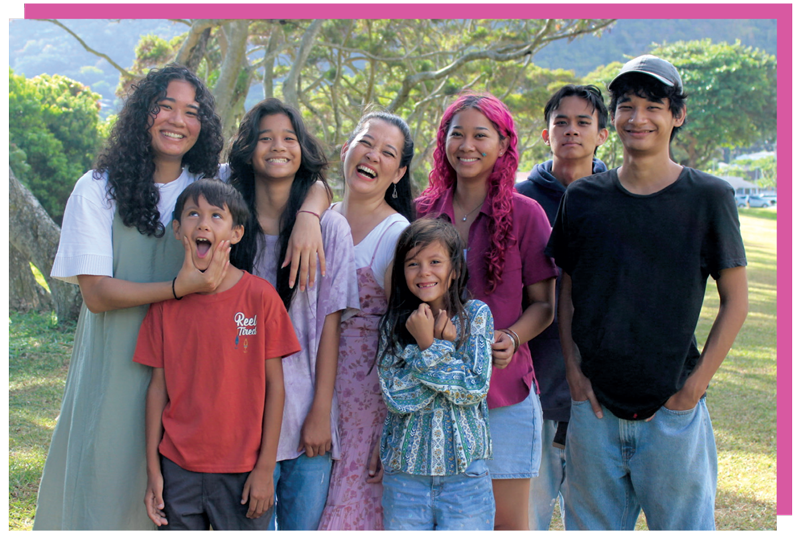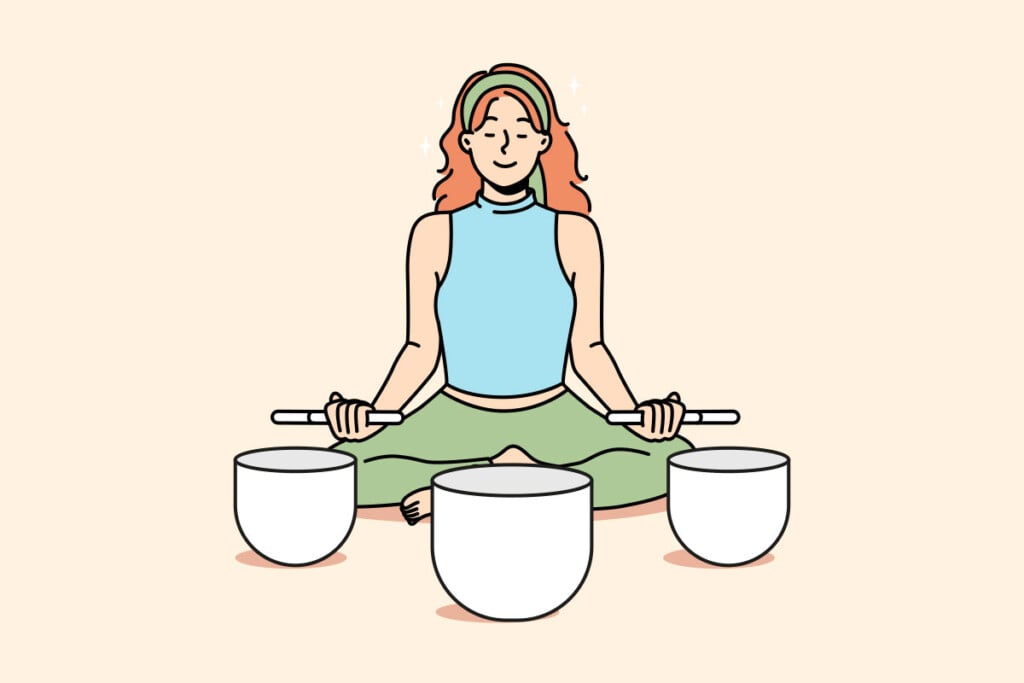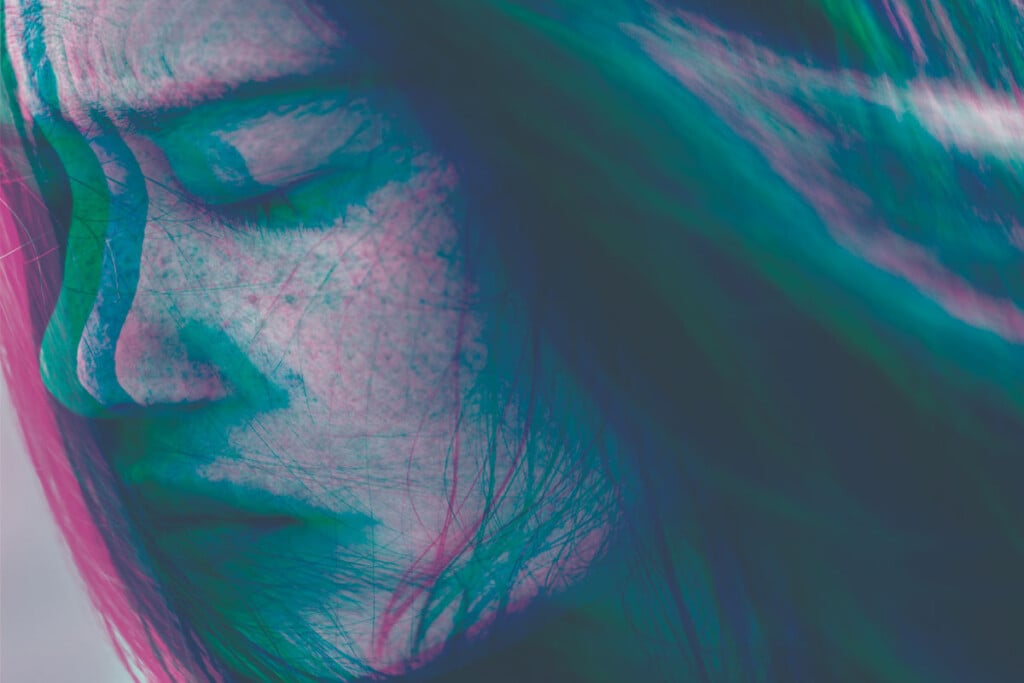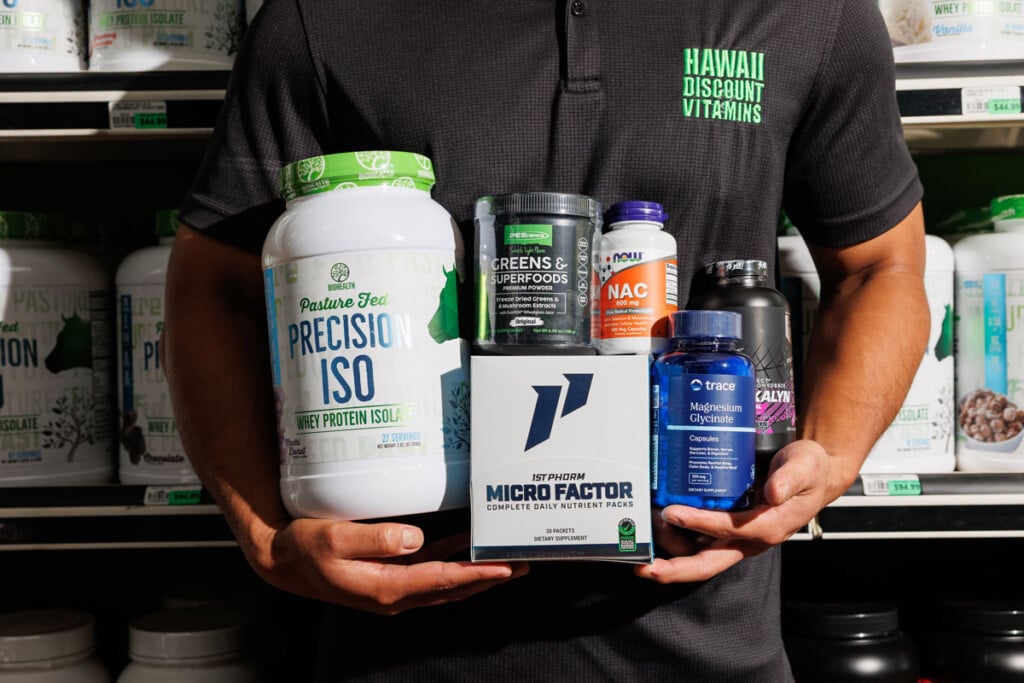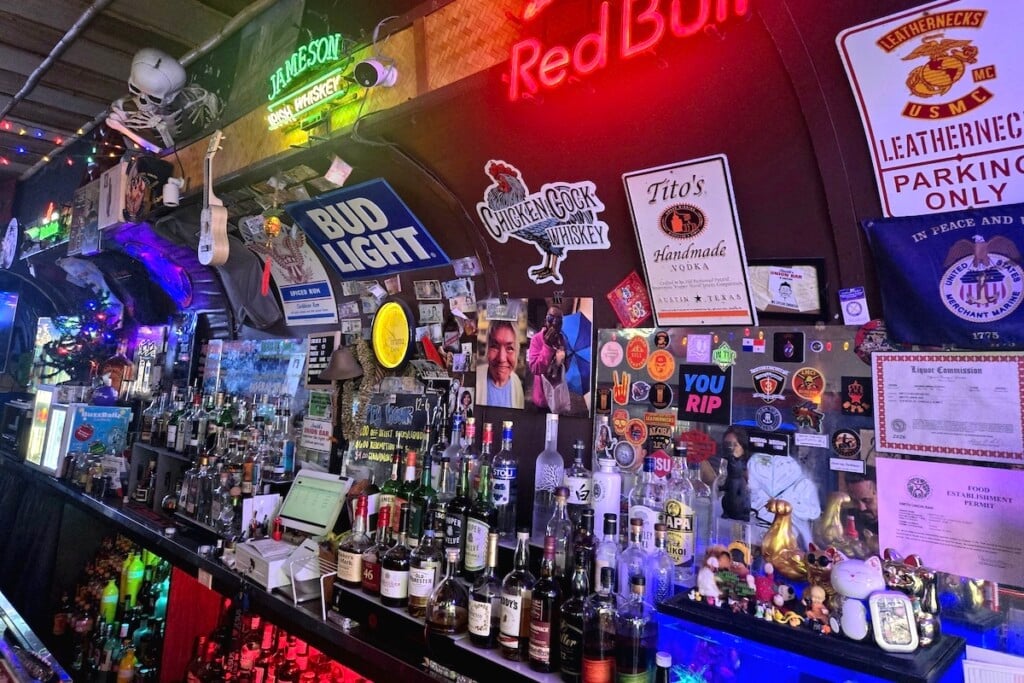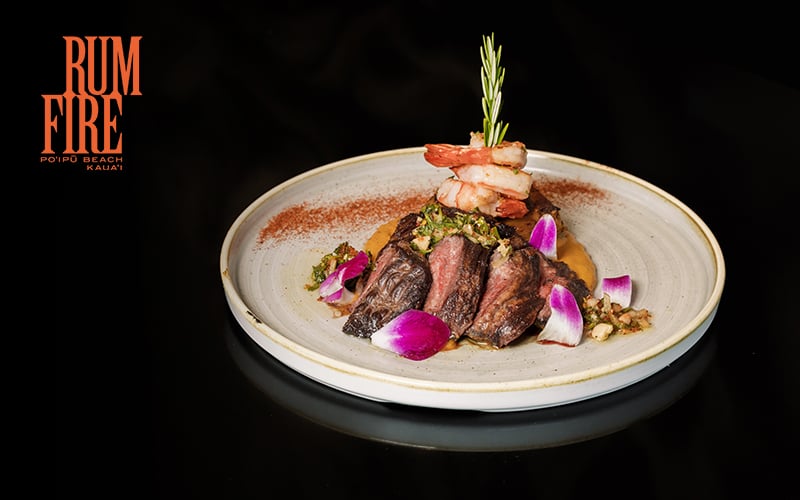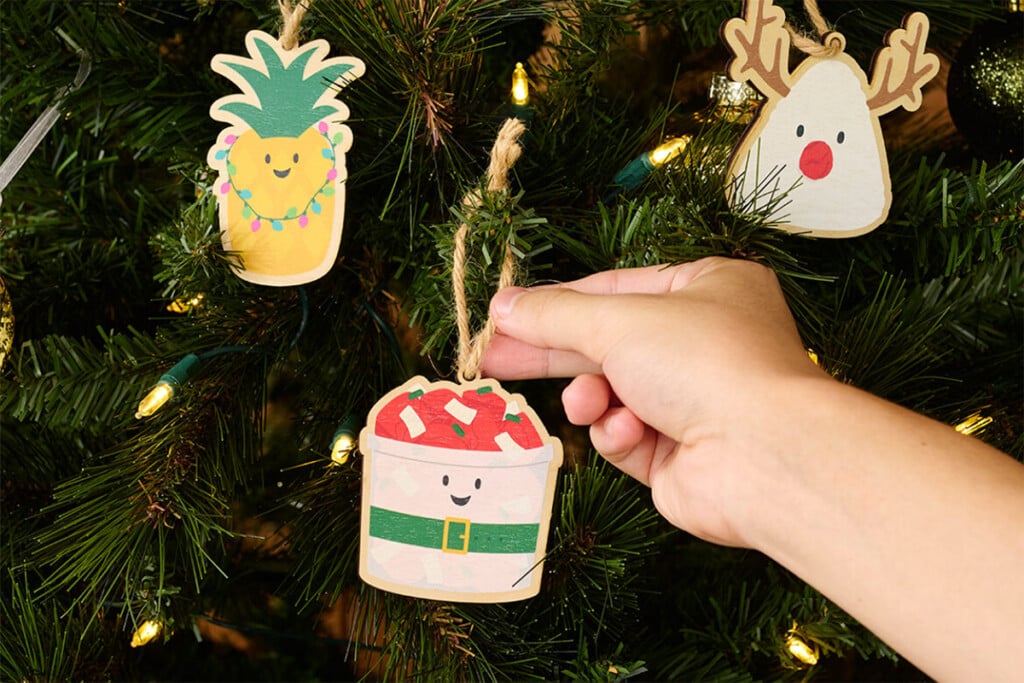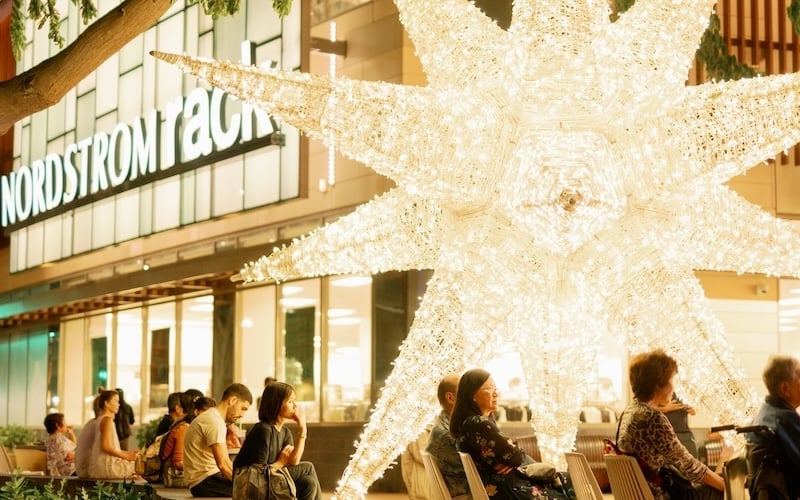Why Are We So Anxious?
Anxiety is on the rise, and women are more than twice as likely to develop an anxiety disorder over their lifetimes.
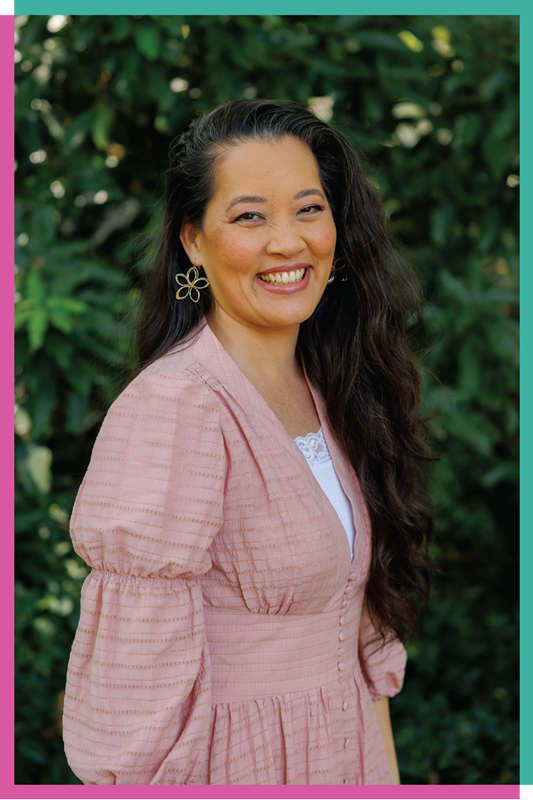
Ruth Pukahi was cleaning out her children’s rabbit cage when her chest started constricting and her breathing got labored. She thought she was having an allergic reaction, so she zipped over to a nearby drugstore for Benadryl. Walking the aisles, her symptoms worsened. She couldn’t concentrate and started feeling lightheaded. As she struggled to breathe, a pharmacist called 911.
Pukahi chuckles when she recounts the incident now, several years later, but acknowledges that as concerned firefighters took her vitals, she was scared, then embarrassed and frustrated. It wasn’t an allergic reaction that was leaving her gasping for air. It was a panic attack.
“The fireman looks at me and says, ‘Your vitals are normal. Have you ever had an anxiety attack before?’ All I could say was ‘I’ve got to get back to my kids at home,’” recalls Pukahi, who describes the experience as a wake-up call but hardly a one-off.
Panic attacks are something the Honolulu resident now lives with—they happen about once a month. But thanks to her therapist, she’s prepared when she recognizes the triggers. “I know it’s my body’s way of protecting me,” she says.
Looking at Pukahi, a children’s librarian and single mom of five biological and two adopted children, you’d be hard-pressed to guess she occasionally suffers from crippling anxiety and depression. The 48-year-old has a warm, bubbly personality, a smile at the ready, and an active social media presence that champions self-affirmation for women and encourages moms to be real about their mental health challenges.
In short, she looks like she’s got it all figured out.
For mental health professionals, however, Pukahi’s story is a familiar one, underscoring a so-called “silent epidemic” for tens of millions of people in the U.S. who struggle with anxiety. In our country, the condition is widespread and the number of people suffering from it remains above pre-pandemic levels. And in Hawai‘i, where anxiety rates have historically been lower than the rest of the nation, clinicians are seeing an increase in cases, especially among younger women.

Kumi MacDonald. Photo: Courtesy of NAMI
“Since the pandemic, more people have come out of the closet per se with anxiety disorders. So many more people are seeking out our services,” says Kumi MacDonald, executive director of the National Alliance on Mental Illness Hawai‘i. “They probably had anxiety before, but maybe it’s been more accelerated because of extra stressors.”
A More Anxious Society
U.S. Census Bureau estimates analyzed by the Kaiser Family Foundation show roughly 23% of Hawai‘i residents report having anxiety disorder symptoms, compared with 27% for the nation. Meanwhile, the latest data available shows that about 9% of children here were diagnosed with depression or anxiety in 2023—up from 5% in 2017, according to the Annie E. Casey Foundation. Nationwide in 2023, 13% of children were diagnosed with depression or anxiety.

Mary Church. Photo: Aaron K. Yoshino
Honolulu psychologist Mary Church, who specializes in treating anxiety, says the implications of a more anxious society are significant, as anxiety symptoms and disorders left untreated can lead to risky behaviors and have lasting negative consequences on a person’s relationships, career and overall health.
“A lot of people differentiate between fear and anxiety. Fear is something we can identify as a reasonable threat. Anxiety, on the other hand, is a suspected threat,” she says. “It’s about the future and our need for certainty. Clients working with me—they often want to know what’s going to happen in the future. At the same time, anxiety and depression often go hand in hand because the brain is focused on losses.”
Women More Likely to Suffer From Anxiety
Women are more than twice as likely to develop anxiety disorders over their lifetimes and, complicating the picture, frequently seek to manage anxiety on their own—until they reach a crisis, experts say. National figures show that the prevalence of anxiety disorders is higher among younger women, ages 18 to 29, than the general population, and Hawai‘i psychologists say their client lists reflect those statistics.
“In Hawai‘i, who’s the most depressed and anxious? It’s the relatively young-to-middle-aged women,” Church says. “That age of adolescence into adulthood is so important and most anxiety disorders actually emerge in adolescence.”
For example, she says, one of her clients came to her at age 18 with obsessive compulsive disorder and recounted how as a young child she’d asked her mother for something to worry about because she couldn’t come up with anything on her own.
“It’s what her brain wanted, to solve every problem small and large,” she says.
Church, however, notes she also has clients with anxiety in their 40s, 50s and 60s. Her oldest client is in her 90s.
Why Women?

Anisa Wiseman. Photo: Aaron K. Yoshino
Anisa Wiseman remembers visiting a doctor in high school for stomachaches, vomiting and panic attacks, and breaking down in tears when asked during her exam, “Are you OK?” Stress at home, including a mom struggling with bipolar disorder, was crippling her.
Through high school and into college, she barely managed her anxiety. “The panic attacks got really gnarly,” she says. Then, after a miscarriage and with her mother spiraling, she hit rock bottom. She attended NAMI Hawai‘i’s family support groups and realized, “I’m not the only one dealing with this.”
Now 34, Wiseman is the deputy director of NAMI Hawai‘i, providing resources and support to others with anxiety. One thing she makes sure to relay: Mental health is a continuum. For example, Wiseman sometimes spends a day at home recovering from a particularly anxiety-provoking situation. And she no longer beats herself up over it. “I think it’s important to give yourself that grace,” she says.
It’s unclear why Wiseman and other women are far more likely to battle with anxiety, but psychologists have their theories.
Church says women tend to assume more stress from an earlier age. “Women do double duty. They’re the mothers and the caregivers for the parents,” she says.

Aaron Kaplan. Photo: Aaron K. Yoshino
Honolulu psychologist Aaron Kaplan agrees that women and girls often feel greater pressure with their many roles at work, in social settings, as parents and as partners. “That leads to a kind of perfectionistic approach to life,” he says. “The tendency to compare themselves to others plays a big part in this.”
Men likewise face societal pressures, and experts believe the gender disparity in anxiety rates may be at least partly due to underreporting among men.
Social Media and Dating Apps
And what about all the time we spend on our phones—is that making us more anxious?
Kaplan thinks so. “There are a lot of unsettling things going on in the world, no question, but that’s always been true to some degree. What’s different now is how constantly we’re exposed to it,” he says, adding that social media is also providing unrealistic imagery that distorts the truth and fuels insecurity and self-doubt.
Add to that the phenomenon of doomscrolling—falling down a rabbit hole of commentaries, videos and posts about “all the terrible things happening in the world,” Kaplan says. “That behavior absolutely heightens anxiety.”
Church notes another reality of the modern condition: dating apps, which frequently overemphasize appearance and can lead to fears of rejection. “There’s a lot of pressure on people to be beautiful,” she says. “We’ve replaced meeting in person with dating apps that focus on a photo.”

Mestisa Gass. Photo: Courtesy of Mestisa Gass
Mestisa Gass, program director at Mental Health America of Hawai‘i, says local clinicians must also be aware of unique stressors in the Islands, from the high cost of living to the reality of multigenerational living. “I hear people being concerned about paying for child care, housing, and caring for their aging parents,” she says.
“Families need support to juggle all these demands.”
What Anxiety Does to the Body
Anxiety has been a public health concern for decades, but the pandemic exacerbated the issue, mental health professionals say, not only driving up cases but cutting people off from social groups, activities and supportive care that were helping them deal with daily modern life.
To be clear, not all anxiety is bad. In fact, a little bit is good. “From an evolutionary standpoint, anxiety can be seen as a motivator to take action,” Kaplan says. “After all, how would an animal survive in the wild if it were about to be eaten by a predator and just yawned and took a nap? In the modern world, anxiety can help motivate us to meet challenges at work and anticipate needs so that life can be managed.”
Anxiety becomes a problem when it appears “out of proportion to the situation at hand,” Kaplan says, or impacts a person’s health, well-being and outlook. At its extreme, anxiety can be classified as a disorder, like panic disorder, agoraphobia (fear of public places), social phobia, obsessive-compulsive disorder and post-traumatic stress disorder. With anxiety disorders, previous trauma often plays a role. The good news is that treatment is effective.
Anxiety manifests differently for different people but symptoms can include nervousness or a feeling of dread, panic, increased heart rate, rapid breathing, fatigue, sweating, trouble concentrating or paying attention, and poor sleep.

Shannon Hayes. Photo: Aaron K. Yoshino
“Clinical anxiety becomes debilitating or disruptive to a person’s life,” says psychologist Shannon Hayes, owner of Aspects of Life Counseling in ‘Aiea. “It can be chronic or manifest with small bursts here and there. For some, it can be paralyzing.”
And anxiety can take a heavy toll on your body. “Our bodies aren’t meant to stay in a state of anxiety,” Gass says. “There can be an increased risk for issues like heart disease, chronic pain, decreased immune response and gastrointestinal issues.”
Getting Help
The first step toward healing, Gass says, is identifying the stressors in your life and figuring out how to address them. Part of that, she says, is understanding the level of support you might need to move forward. “You want to find a meaningful way of approaching your concerns that fits with your identity and beliefs,” she says, noting that therapy is both common and effective. In some cases, medications might also be appropriate.
For milder symptoms, small changes in life can pay big dividends, like getting enough sleep, exercising, taking time to relax, and having “radical acceptance” of things you can’t change, she says.
“A tool we don’t focus on enough is a support system,” Gass adds. “Surrounding yourself with loved ones who have strong mental health literacy … and who assist through practical help or emotional support can be incredibly helpful and validating.”
Helping Herself, and Others
Pukahi, the mother of seven, says regular therapy sessions and a healthy diet have eased her symptoms and given her more ways to cope. She’s now focused on helping others by documenting her experiences on Instagram and Facebook. In a recent video, she wore a paper crown and pink dress and twirled and curtsied for the camera. “I was feeling unwanted and unloved, so I took care of me,” the text on screen reads.
Sitting in her family van on a recent afternoon, Pukahi says, “I go on social media to share my story because I know it inspires others.” After taking a moment to steady her voice and push back tears, she adds, “I need other women to know they’ll be OK. It’s hard to get out there, especially as you’re still wading through things. But if I can do it with seven kids, so can you.”
After two divorces and having survived domestic violence and near-homelessness while singlehandedly raising her children—the oldest is 22 and the youngest just 7—she regards anxiety as an ongoing journey, and not something that will suddenly disappear. “I’ve worked on loving myself and seeing that I am of value. It’s been worth it,” she says.
Pukahi recalls how she recently got anxious thinking about a new relationship, challenges her children are having and her own insecurities. “My fear of not being accepted reared its ugly head,” she says.
But rather than falling into old habits, she took deep breaths and reassured herself that everything would be OK. “I’m constantly reminded to take care of myself because when I do have a panic attack, I just shut down,” says Pukahi. “I know I have to move forward. If I’m living in the past, I’ll never get anywhere.”
